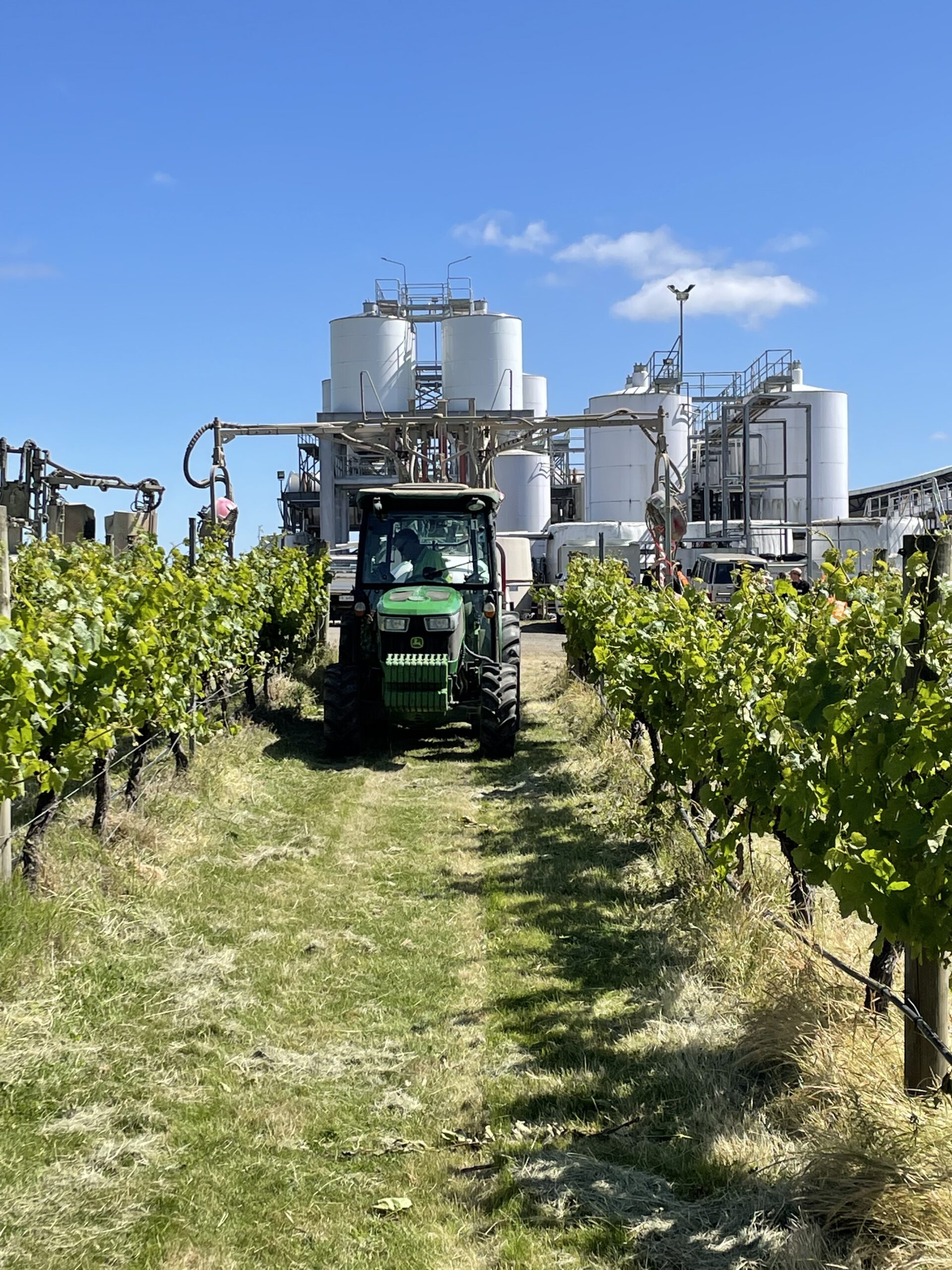
Managing the health and productivity of grapevines while meeting stringent market and regulatory standards is a fine balance. One of the most effective tools available to wine grape growers is agrochemical testing. By systematically analysing for chemical residues, growers can make informed decisions that support vine health and compliance with contractual and export requirements.
Agrochemical testing provides detailed insight into the presence of pesticide and herbicide residues in vineyard environments. This is essential for maintaining the integrity of the fruit and avoiding issues that could affect fermentation, flavour or legal compliance. Residues can persist in vines or soil from previous applications, neighbouring property drift or contaminated inputs. Identifying these early allows for corrective action before harvest, protecting both the quality of the fruit and resulting wine.
For export-focused producers, agrochemical testing is often non-negotiable. Many international markets have strict maximum residue limits (MRLs) for specific chemicals. A batch of grapes or bottled wine that exceeds these thresholds can be rejected outright, leading to costly losses.
Within agrochemical testing, it’s important to understand the scope of different assays. A general agrochemical assay typically screens for a wide panel of pesticides and fungicides commonly used in vineyards. These tests help to confirm residues from approved sprays are within safe and legal limits. They can also detect unexpected contamination from drift or previous land use.
In contrast, phenoxy acid herbicide testing targets a specific group of synthetic herbicides, including compounds like 2,4-D and MCPA. These are particularly concerning in viticulture because even trace amounts can lead to poor fruit set, distorted leaves or reduced yields. Phenoxy herbicides are not commonly used in vineyards, but they may drift from other horticultural, broadacre or pasture crops nearby. Because of their potency and volatility, phenoxy herbicides warrant separate, targeted testing.
The best time to undertake agrochemical testing is before veraison, when grapes begin to soften and change colour. Testing at this stage allows time for any issues to be addressed before harvest. For phenoxy herbicides, testing should also occur during periods of increased risk – particularly after nearby crop spraying during spring.
To establish an effective testing regime, grape growers should:
- Assess risk factors
Consider vineyard history, proximity to other types of agriculture and recent spray records. - Test annually
Schedule routine testing in early- to mid-season, with additional tests if unusual symptoms appear in the vines. - Work with accredited laboratories
Affinity Labs use validated testing methods and work with the AWRI helpdesk to offer guidance on interpreting results. - Keep detailed records
Document all testing results, actions taken and communication with spray contractors or neighbouring properties.
By integrating agrochemical testing into vineyard management plans, grape growers can protect vine health, meet market expectations and contribute to a more transparent and sustainable wine industry.


